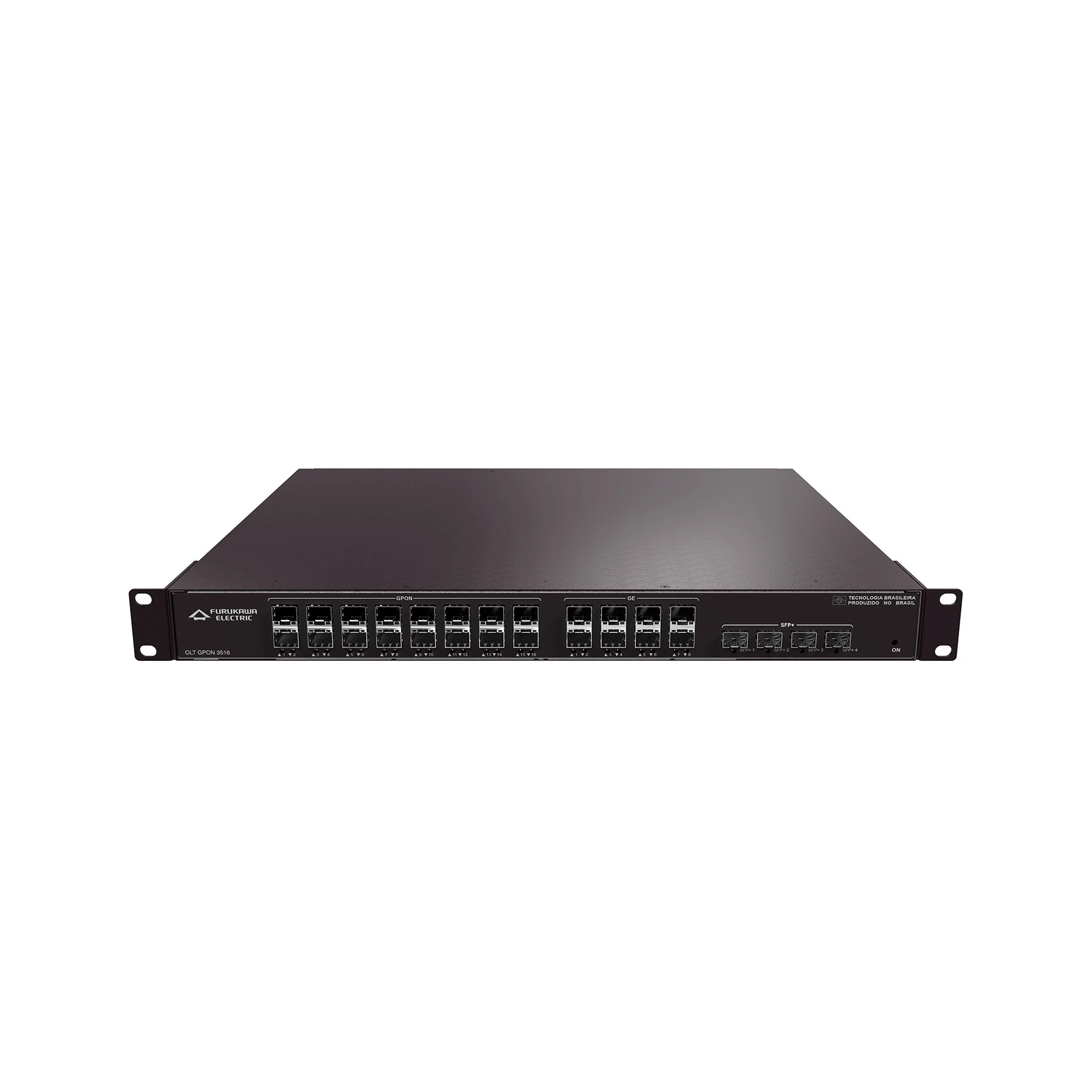- Downstream: 2.5 Gbps;
- Upstream: 1.25 Gbps;
- Downstream wavelength: 1490 nm;
- Upstream wavelength: 1310 nm;
- Capacity up to 128 ONUs per GPON port;
- Support of 20km of logical distance and up to 60 km of physical distance;
- ITU-T G.984.4 support for the management and control of ont interfaces (OMCI);
- Support for NSR and SR DBA upstream band control (G.984.3);
- 8 T-CONTs per ONT, plus ip-host;
- T-CONT alloc-ID: 1K per PON port;
- GEM port-ID: 4K per PON port;
- Remote ONT management;
- Automatic discovery and ONT range;
- ONT UNI/ONT ANI port statistics;
- GPON channel encryption (AES-128);
- Support for FEC (Forward error correction);
- Communication between ONTs on the same port;
- Global and default profile by ONT model;
- Remote update of the firmware of the ONTs through OMCI;
- Automatic update functionality;
- ONT power check remotely, via OLT;
- File transfer to ONT;
- VoIP-Profile for UNU VoIP configurations;
- MAC throttling and querying by ONT's PORT UNI Eth (ONU max-hosts);
- ONU Mac-Filter;
- ONU Restore Default;
- ONU Block;
- Loop-Detect;
- Type B Redundancy – Single Homing (same OLT):
Switching to the standby PON port will occur in the following cases:
– Fiber breakage of the active GPON interface;
– Great attenuation in the fiber of the active GPON interface;
- Type B Redundancy – Dual Homing (between OLTs):
Switching to the standby OLT will occur in the following cases:
– Fiber breakage of the active OLT GPON interface;
– Great attenuation in the fiber of the active OLT GPON interface;
– Active OLT uplink interface down.
